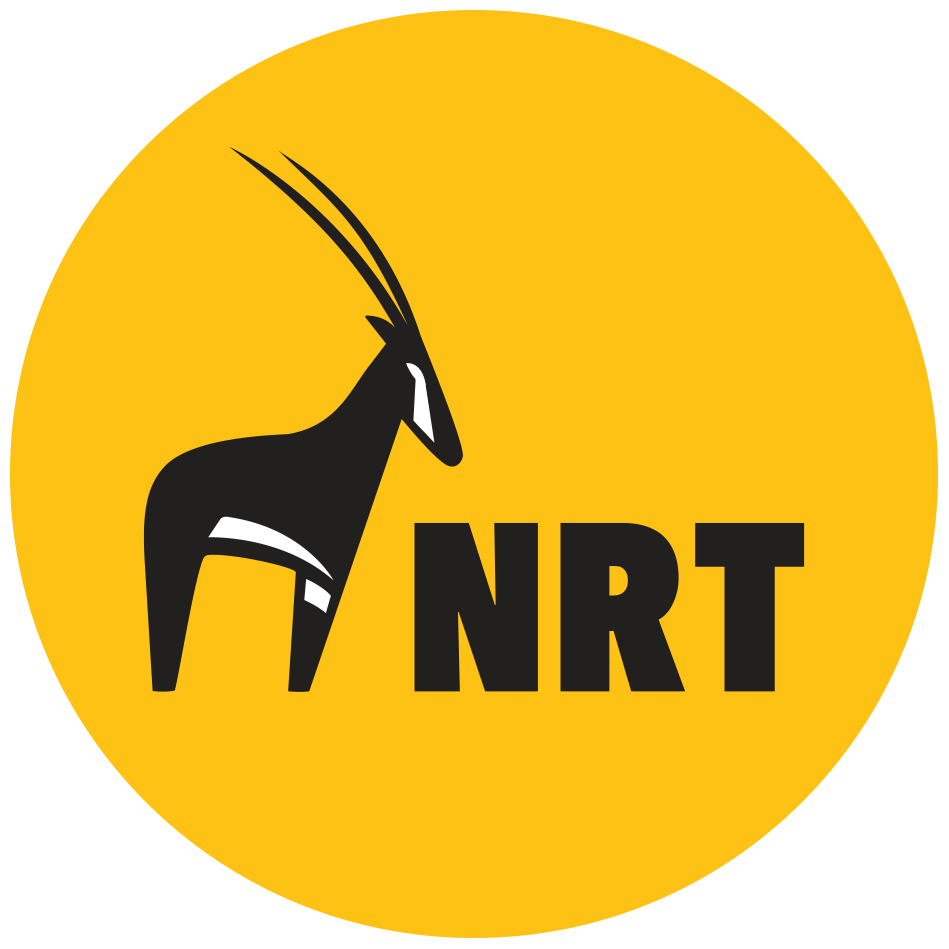By The Elephants, For The Elephants
How community conservancies are partnering with others to collect data from elephants to better shape conservation measures.
Ten elephants in Marsabit, West Pokot and Tana River counties have been fitted with satellite collars as the community conservancies they frequent explore more effective ways to protect them, and mitigate conflict with humans.
Data from the collars will help shape community scout patrols, improve the connectivity between elephant populations and inform natural resources use planning. The operation was a partnership between Jaldesa, Shurr, Songa, Masol, Pellow, and Lower Tana Delta conservancies, and the Kenya Wildlife Service, Save the Elephants, GIZ and NRT. John Morgan and Tropic Air generously supported the helicopter time needed for this exercise, which took place over two weeks in November and December 2019.
Elephant populations in the areas chosen for the collaring operation - Marsabit Forest, the West Pokot rangelands and the Boni Forest at the coast - have been severely impacted by ivory poaching and conflict over the years. But as well-governed community conservancies strengthen their security, peace, and livelihoods operations - with support from USAID, The Nature Conservancy, DANIDA, the EU, Conservation International, SIDA, AFD/FFEM, and many more listed here - safe spaces are once again expanding for north Kenya’s elephants.
Historic levels of poaching and persecution have not only affected elephant numbers in certain subpopulations, but also reduced the distances that elephants in particularly volatile areas were willing to move. The Marsabit elephant population of around 200 has been isolated from the much larger Samburu population of 7,500 for many years, but anecdotal evidence from local communities suggest these groups are starting to overlap once again as a patchwork of conservancies grows between them.
Back in 2012, 103 elephants were killed for their ivory in NRT-member conservancies. By 2018, the number of elephants killed for their ivory had dropped to three, and stayed at this level in 2019. Data from the recently collared elephants will be able to reveal how elephants are reacting to this diminishing threat, and just how much the Marsabit and Samburu subpopulations are indeed connecting.
With increased freedom of movement for elephants comes a new challenge, however. While poaching is decreasing, incidents of elephant fatalities resulting from conflict with humans are on the rise. Conservancies are working to address this in a number of ways, including education, investments in crop protection, more strategic natural resource use planning and through using data to inform scout patrols. All of these interventions benefit from elephant movement data captured by satellite collars.
Kenya Wildlife Service (KWS) veterinarian Dr. Mathew Mutinda led the recent collaring project on the ground. There was one bull elephant in Marsabit that was of particular interest to him - 35-year-old ‘Galma.’
“He was clearly the son of one of the famous ‘Marsabit tuskers’ that this Park used to be famous for, his tusks were huge,” he says. “I hope he can go on to father a new generation of big tuskers here, which have all but disappeared.”
The elephants in West Pokot are still wary, and much more concentrated together, with fewer calves among them. Signs of a group that still feels under threat, says NRT’s Director of Conservation Ian Craig. “I feel this will start to change now,” Ian says, “with the increased strength of Pellow and Masol conservancies and an increasing interest to promote conservation by the County Government of West Pokot, all the right ingredients are here.”
The most challenging exercise of all for the collaring team was the Boni Forest, on the coast. Historically, this area had one of the highest densities of elephant in Kenya, with an estimated 15,000 animals here in the early 1970s. Today, there are thought to be around 200, hidden in the depths of the forest. The aim was to fit five elephants here with satellite collars, but the tough terrain and wary nature of the elephants made this impossible in the timeframe. One elephant was collared here, and the other four will be collared in 2020. It is hoped data from these animals can help focus interventions where they are needed most, and enable this once thriving subpopulation to grow once again.





